8 tips for choosing a wooden lining
For facing of balconies, facades, arrangement of rooms and saunas decorative, practical, and natural material such as wood paneling is often used. It is a kind of board, the parameters and profile of which can vary significantly, as well as the color, which largely depends on wood species. Moreover, wooden lining is divided into several grades, but even if there is a marking on the package, you need to be able to choose the right material. So, how to choose a wooden lining and what is important to pay attention to?
No. 1. What are the main advantages of wooden lining?
All the basic properties of the material depend on the nuances of its manufacture. Wooden lining is produced from a solid mass of wood at timber processing enterprises. Lining is a cut board 7-20 mm thick with planed surfaces. The width of this material is 90-150 mm, the length can vary widely. Once upon a time, railway cars were trimmed with thin long wooden planks with selected quarters, from where the name came from.
Raw material for lining may be any breed of tree, and the main distinguishing property of the material is considered groove and crestthanks to which installation is carried out. All this allows us to talk about the many advantages of lining:
- excellent thermo- and soundproof properties;
- low coefficient of thermal expansion;
- due to its light weight, ease of transportation and installation is achieved, and there is no need to strengthen the foundation;
- due to the tongue-and-groove installation method, it is possible to assemble the skin without gaps;
- the appearance of the wooden lining is chic, it allows you to bring cosiness to the interior or to highlight the building when facing the facade;
- strength and durability;
- environmental friendliness, because the tree goes through a minimum of processing operations.
Among the minuses you can call only a good ability to maintain combustion, but subject to the rules of fire safety, nothing threatens the material and your health. There is a wooden lining, of course, more expensive than its own plastic analog, but will also serve much longer, being resistant to physical exertion.
No. 2. What is the difference between an ordinary lining and a euro lining?
On the construction market you can find both ordinary wooden lining, and material with the prefix "euro". The latter is significantly superior to conventional lining in a number of operational indicators. So, The main differences are as follows:
- the size. The lining of the Soviet model is much thicker, and its thickness can reach up to 25 mm, the thickness of the eurolining is 13, 16 or 19 mm. The width of the euro lining is a maximum of 120 mm, normal - up to 150 mm;
- Castle. The protrusion of the lock in euro lining is about 8-10 mm, which allows the elements to hold firmly, even with strong changes in temperature and humidity. In an ordinary lining, the lock is often quite tiny, so the lamellas diverge during operation;
- air vents on the back of the eurolining, which, with temperature changes, prevent the formation of gaps.There are no such grooves on an ordinary lining;
- humidity. Eurolining is forcibly dried to reach a moisture level of 10-15%, which ensures the absence of any deformation during transportation, installation and operation of the finished coating. Humidity of an ordinary lining reaches 20-25%, which negatively affects both the process of working with it and its behavior during operation;

- appearance. Since euro lining is manufactured in accordance with strict European standards and European equipment, the front side is always smooth. If there are knots on it, they are carefully processed. Manufacturers, as a rule, have several types of profiles. Elements of the lock are precisely joined to each other. An ordinary lining rarely boasts such an ideal appearance and clarity of the castle connection, often its surface is rough and fleecy;
- euro lining is sorted into classes. Four classes are usually distinguished, depending on the presence of defects on the wood itself and the defects acquired during processing.
It is clear that when the euro-class lining appeared on the market, many builders began to use it. However, a conventional lining can also be applied and is sometimes used for external cladding, and in cases where the quality of the finished surface and its appearance are not so important, and the task of saving money comes to the fore.
No. 3. What size lining do you need?
The first thing to decide is lining length. You need to proceed from what surface you will sheathe, and strive to generate a minimum of waste. It is clear that for the balcony shorter lamellas are suitable, but for cladding the facade or the walls a room with a sufficient length is needed in the room. It is not difficult to select the necessary material, as the lining is sold in increments of 10 cm, starting from 30 cm to 6 m. When making calculations, it is also worth considering that often even the highest quality material needs edge trimming.
Width is selected depending on the design idea, but it is worth considering the fact that a narrower lining will be more stable. The wider the material, the more prone to deformation. Recently, an interesting method has often been used - a combination of lining of different widths, due to which an original effect is achieved.
As for lining thickness, then here, first of all, the conditions for the further operation of the material are taken into account. If the walls are sheathed indoors, then the lightest and thinnest lining with a thickness of 12.5 mm is quite suitable. Material up to 16 mm thick can also be used in these conditions. If we are talking about facade cladding, when the lining also presses a thick layer insulation, then it is better to choose a thicker material - it will be more durable, reliable and durable. Lining with a thickness of 18.5-22.5 mm is suitable.
When choosing, you can notice the so-called wooden lining spliced along the length. Such a material consists of several parts, which are carefully selected according to the pattern and color, but can have different lengths. Using a compound such as a microchip, special adhesive composition and high pressure, the individual elements are converted into a solid board. In its main characteristics, such material does not differ from a whole lining, and even surpasses it in some properties, because it turns out to be as stable as possible, and temperature and humidity have little effect on it. Technological features of production do not allow such a lining to be made with a thickness of less than 15 mm. In addition, some are afraid to use such material in saunas and baths, as they are afraid of the effects of glue chemicals, which may begin to be released under the influence of high temperatures.
Number 4. Which wood is better?
In fact, any wood can be used to make the lining, but the properties of the lining will be very different, as well as its price. Not always cheaper lining - worse, since you should choose the material based on its operating conditions. As for the color of wood, its choice is a purely subjective opinion.
The entire lining, which is present on the modern market, can be divided into two main types:
- lining from coniferous breeds of wood;
- hardwood lining.
Coniferous wood It is characterized by a high content of resins and essential oils, due to which it resists the formation of fungus and withstands high humidity. Such a material has found a wide range of applications, it is excellent for external cladding, but it does not fit at all for saunas and baths. Under the influence of high temperatures, resin begins to stand out, and this process can continue for a long time. Not only does the material become sticky, it can also ignite spontaneously. Nevertheless, spruce and pine wood in the Nordic countries is used to equip saunas, but the material undergoes tarring.
Most often, such conifers are used for the manufacture of lining:
- Pine. It has a nice pattern, high strength, is inexpensive, but it needs to be covered from time to time. varnishso that the material does not begin to darken;
- spruce. Wood has excellent thermal insulation properties and a pleasant shade;
- larch. It is very resistant to external influences, does not warp even with significant temperature fluctuations, and is resistant to pests;
- cedar. Expensive wood with excellent performance, yellowish to coffee color.
Hardwood less durable, but do not emit tar and do not heat well, which allows them to be used in baths and saunas. They require regular processing, otherwise, under the influence of external factors, they will change their color and deteriorate. The most popular hardwoods:
- oak. The most durable and strong, resistant to decay, dense, with a beautiful pattern of wood, but such a material is worth a lot;
- Linden. Wood has excellent soundproofing qualities and a delicate pleasant aroma, often used to decorate baths;
- ash. Such wood due to high hardness does not crack at all. Color - dark yellow;
- black alder It has a pleasant light coffee color, resistant to moisture.
Separately, it is worth noting that only wood with a low density is suitable for the bath, otherwise the material will become very hot, which may result in the appearance of burns.
No. 5. Which lining profile is better?
Modern manufacturers produce lining with different section profiles. In addition, the size and shape of the lock, the nature of the front and back surfaces, and some other parameters may vary. All this affects not only the external characteristics of the lining, but also the scope of its application.
Today is the most popular. lining with such profiles:
- traditional euro lining with angular faces. After assembly, it forms visible seams due to the enlarged spike;
- lining softline differs in slightly rounded corners, it is recommended for use in saunas and baths;
- calm. Such a lining forms a barely noticeable seam, since there are no grooves near the spike. Corners can be either sharp or rounded. In the first case, it is possible to achieve the effect of a massive wall, so some manufacturers are positioning such a lining as imitation timber;
- lounge house. In such a lining, the front side does not have a smooth surface - multiple patterns are created on it thanks to figured milling. The pattern can be of varying degrees of complexity, and such a lining becomes a real decoration of the interior. There is a cheaper analogue - a lining with a thread effect.Drawing on such a material is applied due to hot stamping;
- lining type of blockhouse and siding imitate the log and siding, respectively;
- double-sided lining - quite an interesting and not yet very common solution. The spike and groove are exactly in the middle, and both sides receive the same treatment, so during installation, the specialist can choose which color and pattern is better. The only negative is the lack of ventilation holes, so this material is not suitable for baths.
No. 6. Which grade of lining is better to choose?
To determine the type of lining, it is customary to use a European standard such as DIN, but some manufacturers use different GOSTs and TU with their own hands, so it is so easy to make a mistake when buying and it is so important to look not only at the marking, but also at the quality of the material itself.
The lining grade is determined after manufacture, since materials of different grades are produced on the same equipment using the same technology. Later, the lining is sorted depending on the presence of knots, blue spots, cracks, uneasy and tar pockets. As a rule, four classes of lining are distinguished:
- extra or premium. This is an ideal lining without knots and cracks, and uncomplicated, blue or roughness is allowed only on the back side;
- class A. Knots can be found not more than 1 cm in diameter (not more than one per linear meter), through small cracks that are often putty by the manufacturer, and other minor defects can only be on the back;
- class B. The diameter of the knots can reach one third of the width of the lamella, their number is not limited. Opened pockets, small through cracks may also be available;
- class C. Roughly speaking, this is the rest of the lining, with a large number of defects, cracks, knots, with blue spots and uneasy on the front surface.
As for the scope of use, only class C lining is not allowed for finishing. Material of other classes has practically the same operational properties, and the choice depends on personal preferences. Not everyone likes the extra lining, as it looks faceless and boring.
Number 7. Can a low quality lining be distinguished?
It’s not always worth blindly trusting the class indicated on the package - better to see the material with your own eyes. Pay attention, first of all, to the packaging. It is undesirable to use a stretch film, since such storage negatively affects the humidity of the lining. Of course, it is better to inspect the goods before purchase, but if the material is packed in film, then it will not work, and it is unlikely that they will open the package. The only way out is to purchase one or two packages and check the quality. If everything is normal with the lining, then the already purchased products will come in handy, and if not, then you will insure yourself against larger financial losses.
The geometry of the product must not be violated - the lamella of the lining must be smooth. Even a small arc indicates that the material was stored incorrectly, and if such a board can be mounted, it is unlikely to serve for a long time, and with a high probability it will soon leave the castle. You need to inspect the castle. It should not have knots and cracks, but it is better to take a kleimer with you and check the reliability of the future connection. At specialized points there should be a tool that measures the humidity of the lining, so do not give up the opportunity to check the real indicator. It should not exceed 15%.
Number 8. Which manufacturers can be trusted?
Of course, the name and reputation of the manufacturer play a significant role in the selection. Large companies will not risk their name and produce low-quality products. It is worth noting that today a lot of domestic companies appear on the market that produce lining of excellent quality.Imported products are present, but only in insignificant quantities, therefore, we will not divide manufacturers into foreign and domestic, but give a general list of the best.
LUNAWOOD
![]() A young Finnish company founded in 2002. Today it is a world leader in the production of thermal wood, develops its own innovative methods, is constantly being improved. A tree that has been treated with heat and steam loses its nutrients and becomes resistant to all weather conditions, deformations and decay. The company uses mainly pine wood, and the products are quite widely represented in the domestic market.
A young Finnish company founded in 2002. Today it is a world leader in the production of thermal wood, develops its own innovative methods, is constantly being improved. A tree that has been treated with heat and steam loses its nutrients and becomes resistant to all weather conditions, deformations and decay. The company uses mainly pine wood, and the products are quite widely represented in the domestic market.
Astar
 Domestic company operating since 2004. For the production of various wood products, it uses European equipment, which, together with the professionalism of employees, allows us to produce products that meet European standards. In the assortment of the company, there are different types of euro-lining and with different parameters - from extra to class C, from 1.8 to 3.6 m long.
Domestic company operating since 2004. For the production of various wood products, it uses European equipment, which, together with the professionalism of employees, allows us to produce products that meet European standards. In the assortment of the company, there are different types of euro-lining and with different parameters - from extra to class C, from 1.8 to 3.6 m long.
"Karelia"
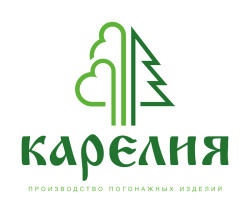 The company was founded in 2004, and at that time was carrying out work on the construction of objects made of wood. Since it was not so easy to find quality material on the market, it was decided to create our own production. Today it is equipped with the most modern equipment, high-quality raw materials are used here, constant quality control is carried out. Lining is produced from different breeds, with different profiles and parameters, so finding the right material is not difficult.
The company was founded in 2004, and at that time was carrying out work on the construction of objects made of wood. Since it was not so easy to find quality material on the market, it was decided to create our own production. Today it is equipped with the most modern equipment, high-quality raw materials are used here, constant quality control is carried out. Lining is produced from different breeds, with different profiles and parameters, so finding the right material is not difficult.
"Vyatka pine"
Completely waste-free production, founded in 1999. Equipped with Italian and German equipment, has repeatedly received prestigious awards. Here the assortment is constantly growing, and the production of lining occupies a key role. It is made from pine wood, and the manufacturer offers a lining with a different type of profile and parameters.
Prommax
One of the leaders among domestic manufacturers of lumber. Among the advantages of the company are a huge assortment, reasonable prices, modern equipment and the opportunity to personally inspect products for their compliance with the declared class. The company offers euro lining from pine and spruce, as well as aspen, which is perfect for arranging baths and saunas.



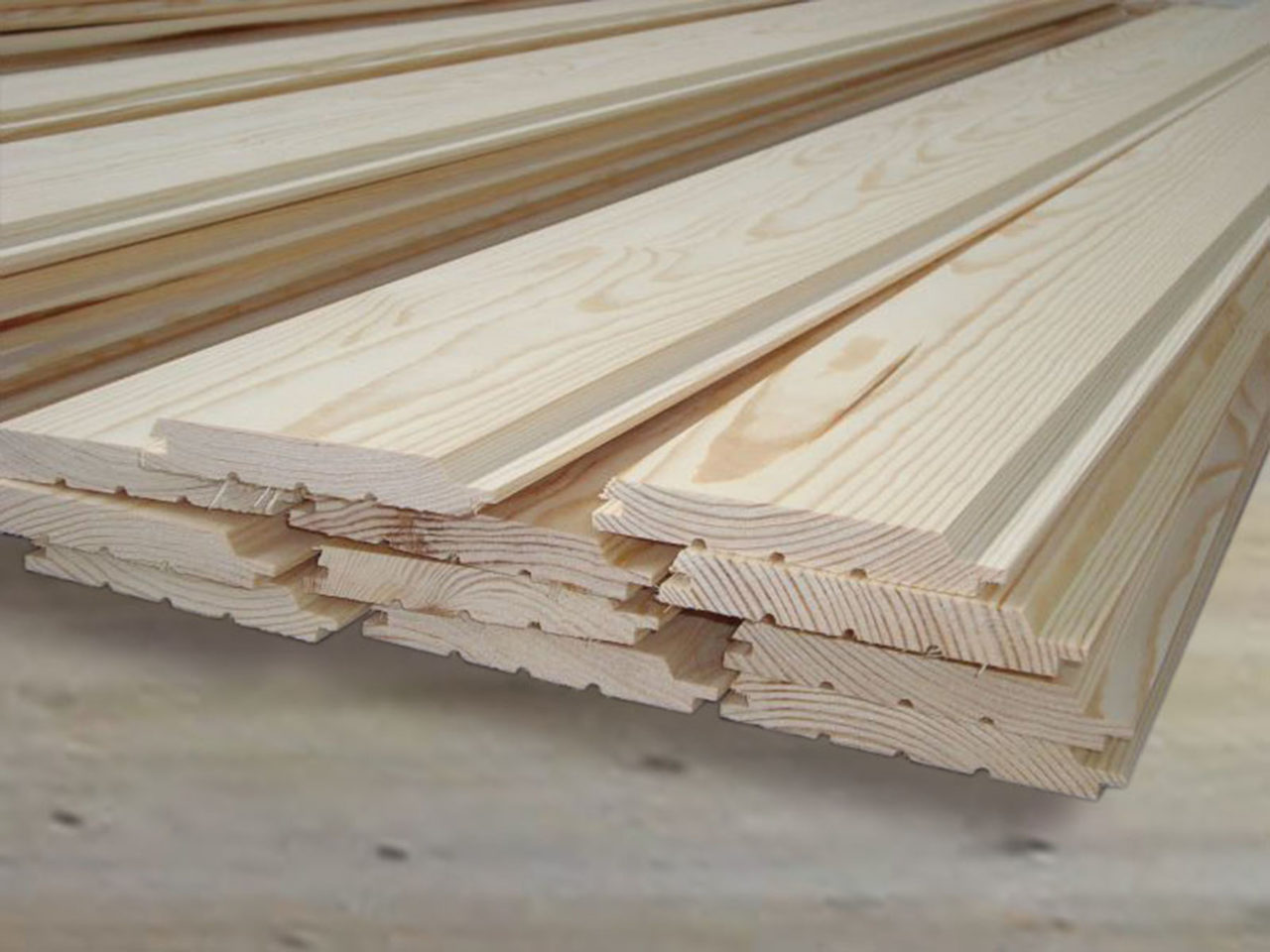

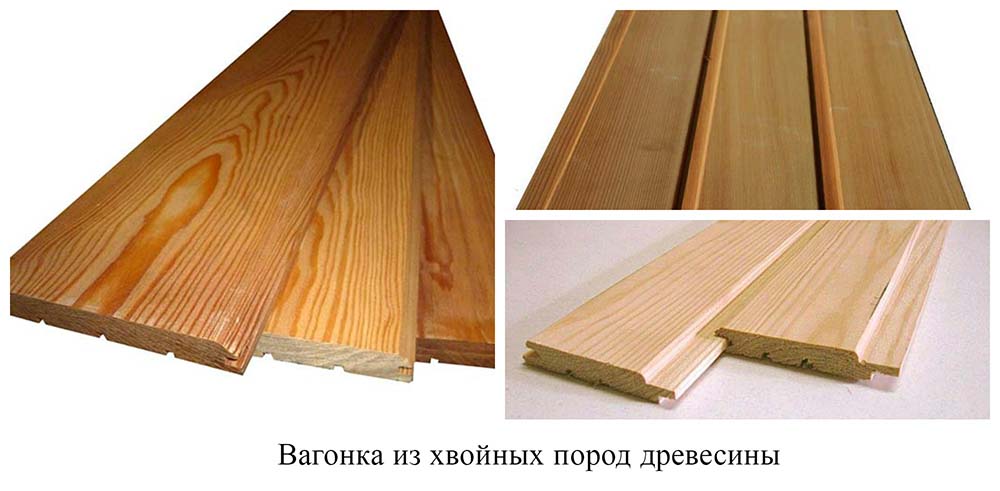
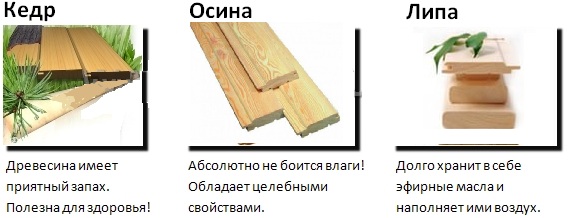
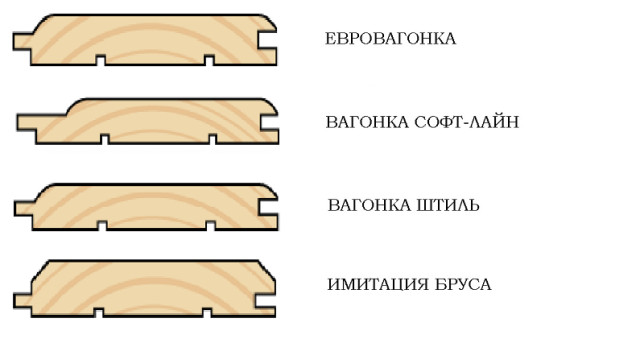


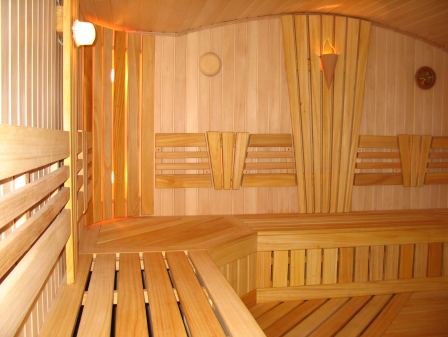
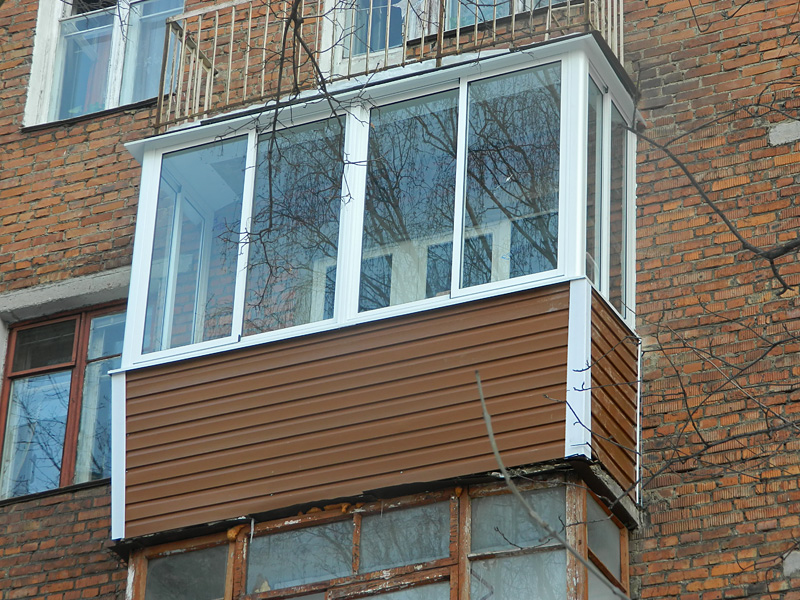
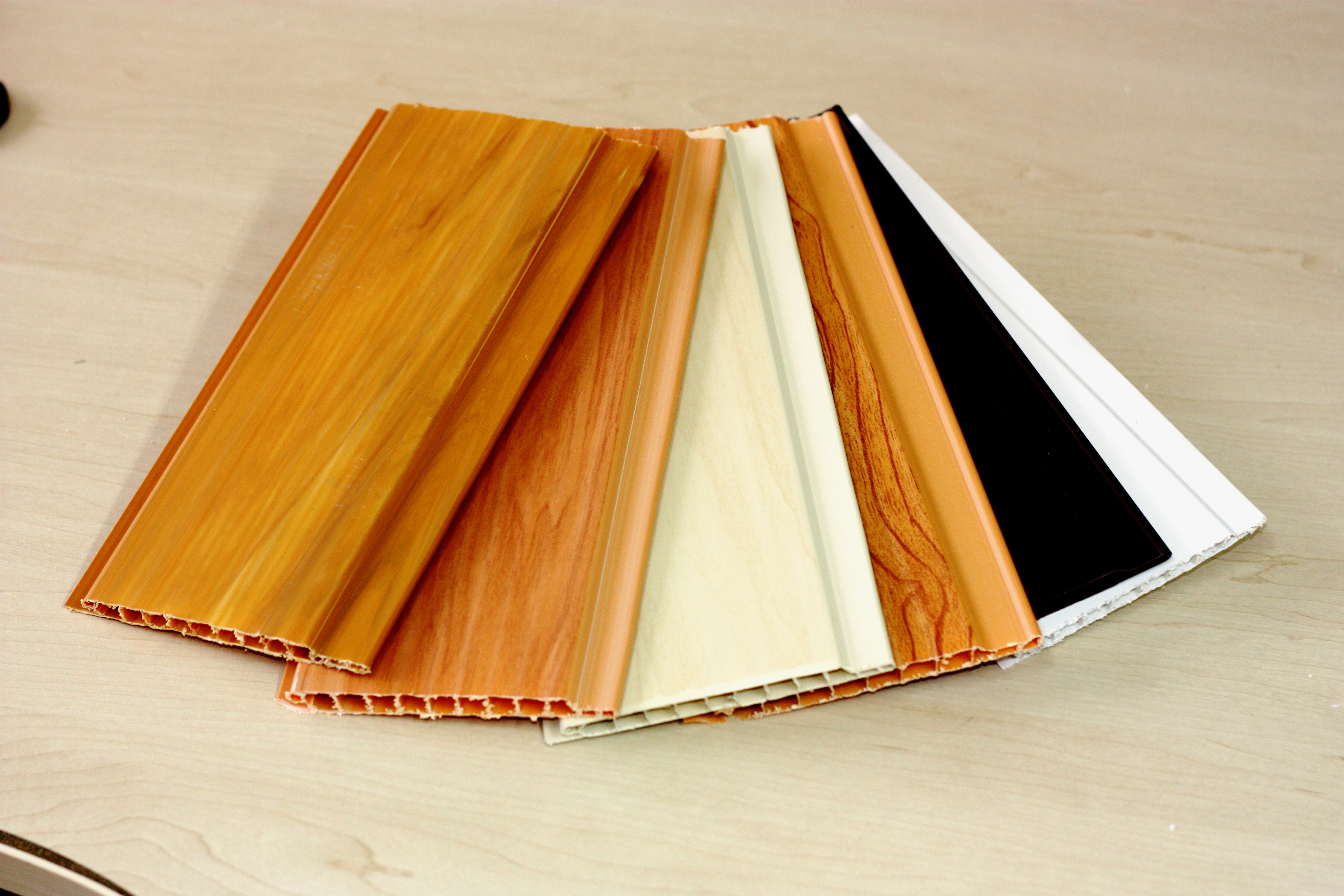
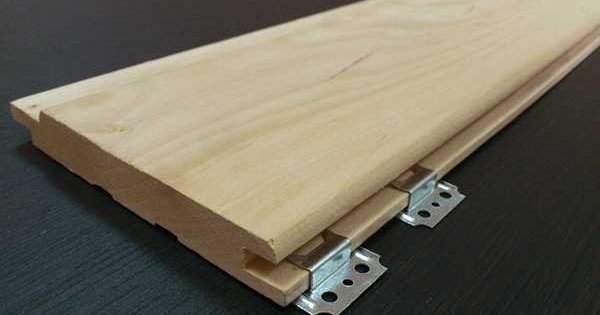
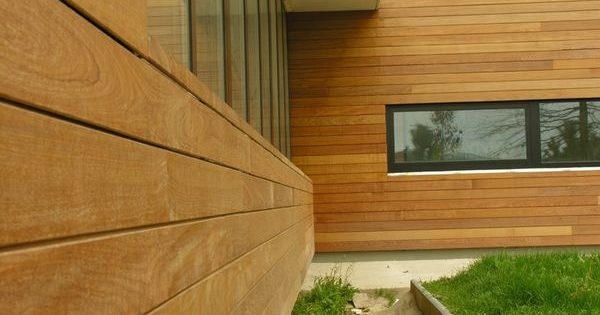
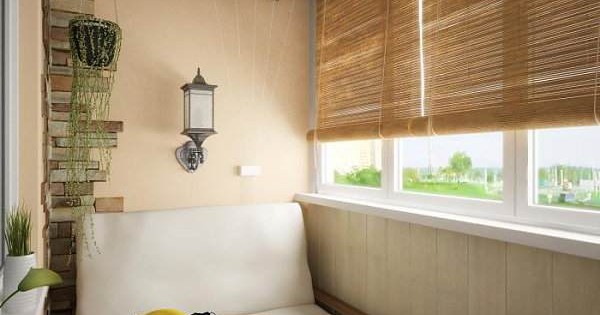
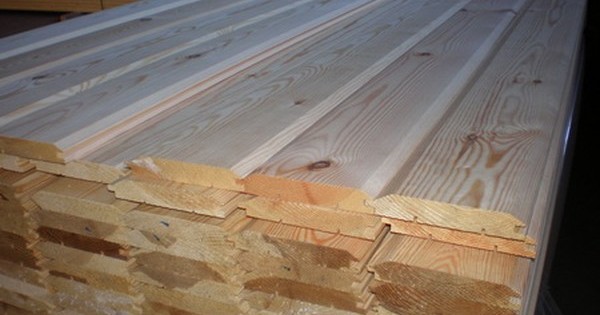

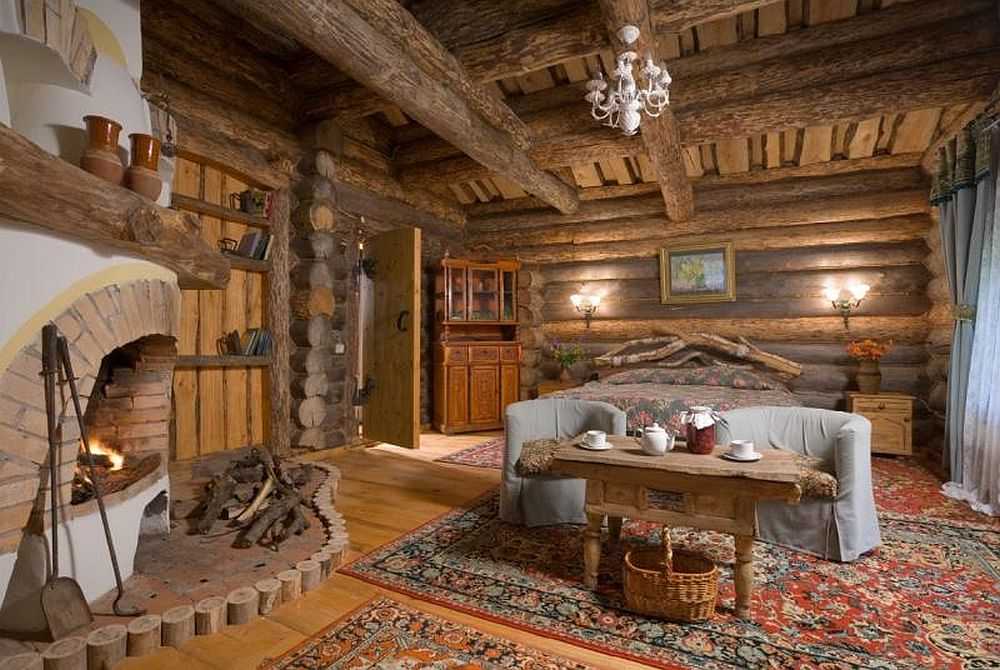

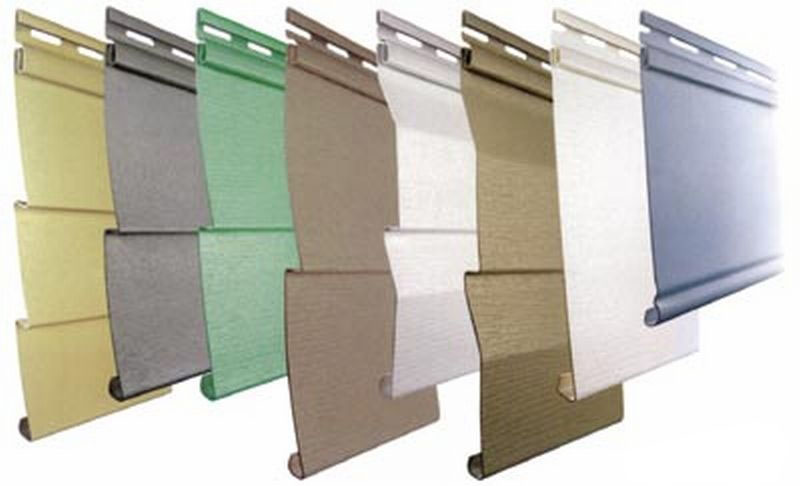
Great article, thanks!
All laid out on shelves, thanks a great article, the author is smart!
everything is clear and accessible even for dummies. thanks for the article.